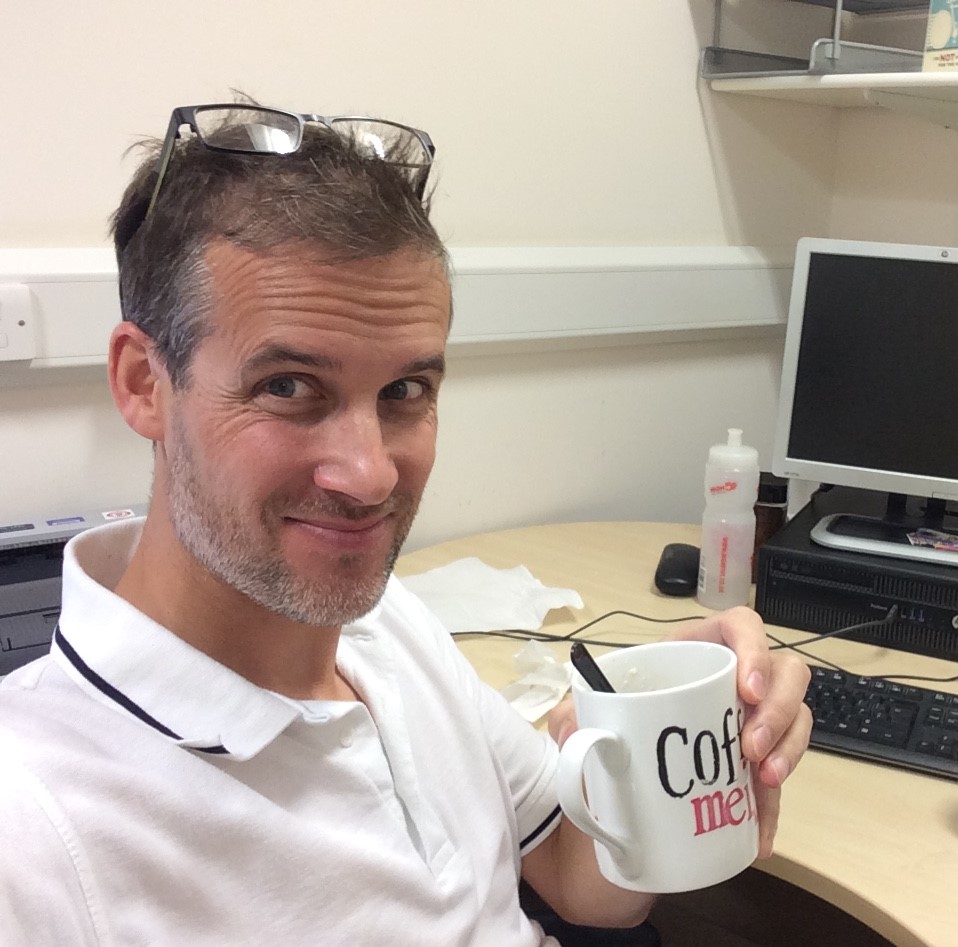Knee, Hip or Back Pain When Cycling?
- Jake Tay

- 1 day ago
- 1 min read
Do you suffer from knee, hip or back pain when cycling? Why not read the case studies on the blog page to see how my in-depth knowledge of musculoskeletal injuries can assess the cause of the symptoms and what treatment other than a bike fit can be offered.








Comments